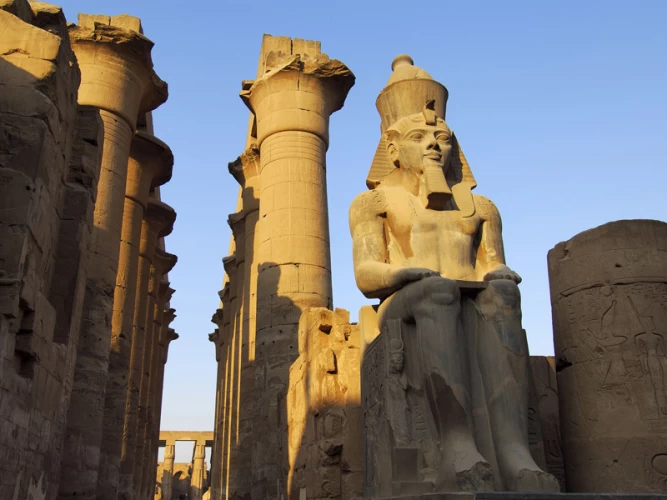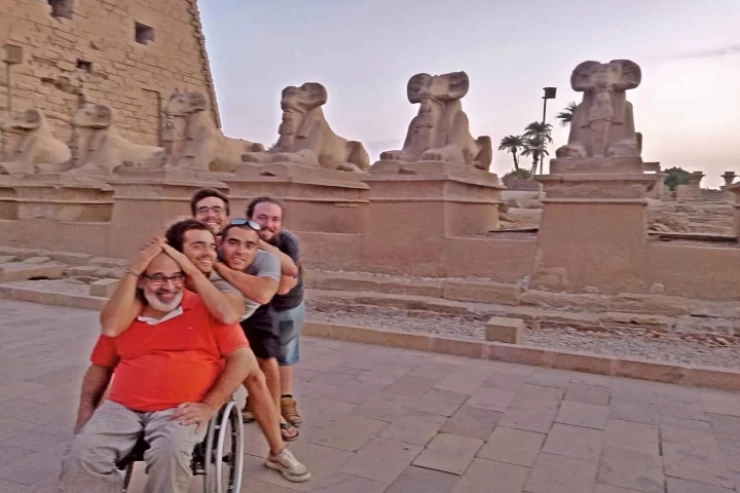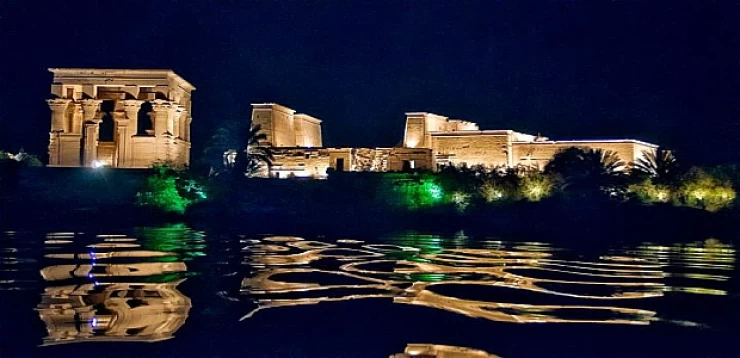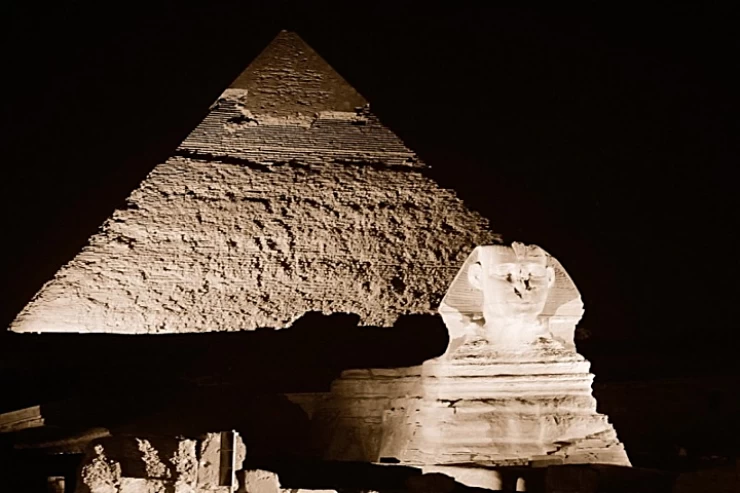
Gebel El Silsla
Since the 18th Dynasty at least, until Greco-Roman times, it has been a significant quarry site on both banks of the Nile. Silsila is well-known for its cenotaphs and New Kingdom stelai.
Jabal al-Silsila is located 65 km to the north of Aswan, where the Nile River narrows, making each bank a very steep cliff.
Archaeological remains and written texts indicate that the Jebel al-Silsila area was used from prehistoric times until the Coptic era. Evidence was found from the Upper Paleolithic period. On the eastern bank, a cemetery dating to pre-dynastic times was found, and rock paintings from the same era depicting people, boats, animals, and birds...
As of the era of the modern state, Jabal al-Silsila became a quarry for sandstone and became a primary source of this type of stone, and from the middle of the 18th dynasty until the Roman era, this place became the source of the main temples of Egypt were built, and from the age of the 18th dynasty onwards, kings and senior statesmen Building shrines and religious buildings on the site
On the eastern bank, there is a plaque that dates to the era of Amenhotep IV and records activities that took place during the reign of this king in the quarry.

King Akhenaten | Amenhotep IV | Monotheism in Ancient Egypt
Among the most important monuments in Jabal al-Silsila are the rock-cut chapels of King Horemheb, which are located at the northwestern end of the chain. The chapels consist of a four-column facade. Followed by a cabin with a "niche" in the back and with seven statues of "Amon, Mut, Khonsu, Sobek, Tawert, Thoth and Horemheb." There are views of the 75 gods and goddesses in the cabin. On the walls with their families and princes.
There are remains of a temple for the same king, 350 km to the north, and it consists of carved blocks and pieces of columns, and the upper part of a painting depicting the king making offerings to “Osiris and Isis” Nepthys, Thoth, and Anubis assisted Isis in a magnificent magic trick. They started carefully piecing Osiris' body back together. They spent every night working together. When the body was complete once more, they made a mummy by wrapping it from head to toe in linen strips. and part of a brick wall, and the remains disappeared due to the activity of modern quarries, except for some pieces
Quarries.” The quarries are the most important thing in Jabal al-Silsila the east of it, which shed light on the stone-cutting technique that dates back to the Greco-Roman era. The walls of this quarry are full of memorial inscriptions, most of which are written in demotic or Greek.
Excavations in Jabal Al-Silsila.” Among those who visited the series and copied the inscriptions in it in the first half of the eighteenth century AD, were Champollion, Ippolito Rosellini, John Gardner, Wilkinson, Richard Lepsius, and those who made notes in the same century were Francis Griffith and Flinders Petrie in 1886 - 1887, and in 1910 the series was published by Arthur Wiggall in 1910 and is still being published today.
"Wilhelm Spiegelberg" published the demotic and Greek inscriptions in 1915 based on the inscriptions copied by Georges Legrand, and in 1950 the "AIS" made an epigraphic study of the Al-Silsilah region and this work was carried out by Ricardo Caminos, who carried out his work over nine seasons between 1955 and 1982.
Khani Temple» The temple of Khani has been rediscovered, which is the remains of foundations and earth blocks. Khani is the old name of Jabal al-Silsilah, which means "the place of blasphemy" and it indicates that it is a place of worship and not only a quarry. Sobek, this temple was described as a demolished temple from the Ramesside era, drawn by Richard Lepsius, and it was recorded between 1906 and 1925. It was rediscovered in 2012 by a Swedish expedition headed by Maria Nelson in the "Mount al-Silsila Survey Project".


















